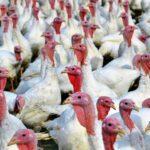Different diseases of pigs you should know about
Breeding healthy pigs is one of the many ways pig farmers can make money from pig farming. When your pigs are healthy, they can be sure to produce quality meat for human consumption. A sick pig increases production costs, produces low-quality meat, and makes marketing more tedious. But that does not have to be you.
In pig farming, there are several diseases pig farmers must watch out for. Boars and sows of different breeds and different ages are at the risk of contracting disease if they are not properly cared for. Some of these diseases come at different stages of pig farming. It could be during the pre-weaning stage, post-breeding, or breeding stock stage of a pig farming business.
So, here’s the help you need to combat diseases on your pig farm. This guide emphasizes the common pig diseases, their symptoms, causes, prevention, and treatments.
Greasy pig disease
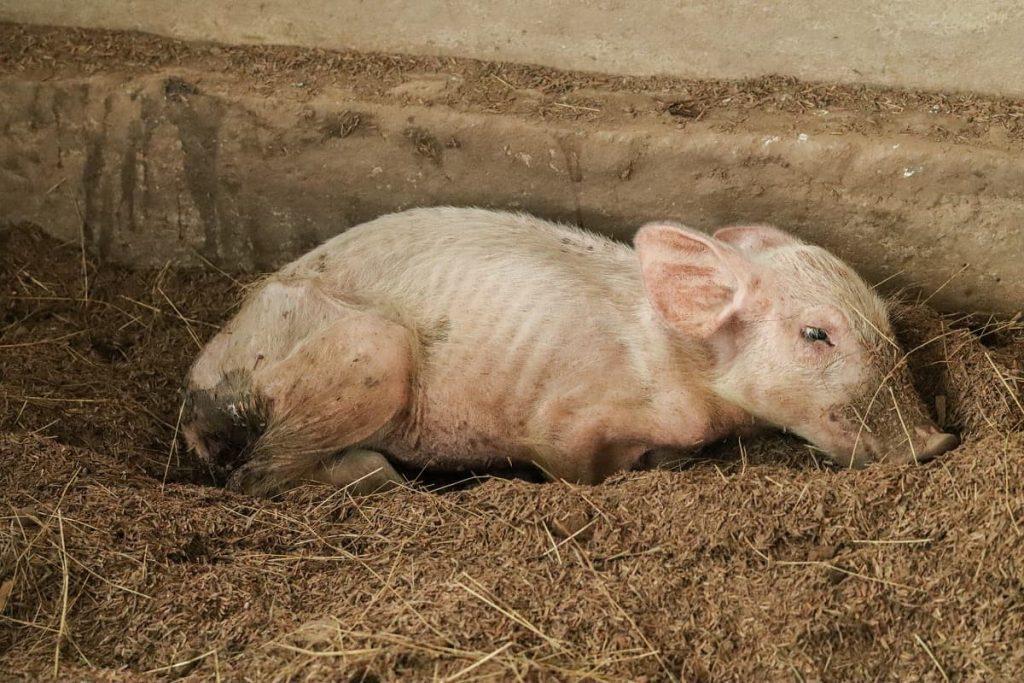
Greasy pig disease is also known as exudative epidermitis (EE). It is a skin disease that affects pigs in the pre-weaning and post-weaning stages of pig farming. The greasy pig disease is usually accompanied by pale and red skin. There is also sebaceous exudation, flecks, or scales covering all or some parts of the skin of affected pigs.The Greasy Pig Disease is caused by a bacteria called Staphylococcus hyicus. Staphylococcus hyicus produces toxic materials in the body systems of pigs and causes the release of fluids from the skin.
Greasy pig disease sometimes affects piglets immediately after birth or sooner because the bacteria multiply in sows’ bodies.
If you are wondering what causes the Greasy Pig Disease in pigs, here are some of the causative factors: impaired procedures during teeth removal, unhealthy behavior of pigs while feeding (sucking navel), and abrasions on the piglets’ bodies.
Find out some of the ways to prevent greasy pig disease.
- Remove and replace the floors and fences that cause abrasions.
- Pig farmers should follow proper procedures during teeth removal, injection applications, and other medical procedures.
- During the farrowing period, proper cleaning and disinfection is advised.
- Pig farming requires an ideal temperature to prevent the multiplication of bacteria.
- Separating infected pigs from healthy pigs slows the spread of the disease..
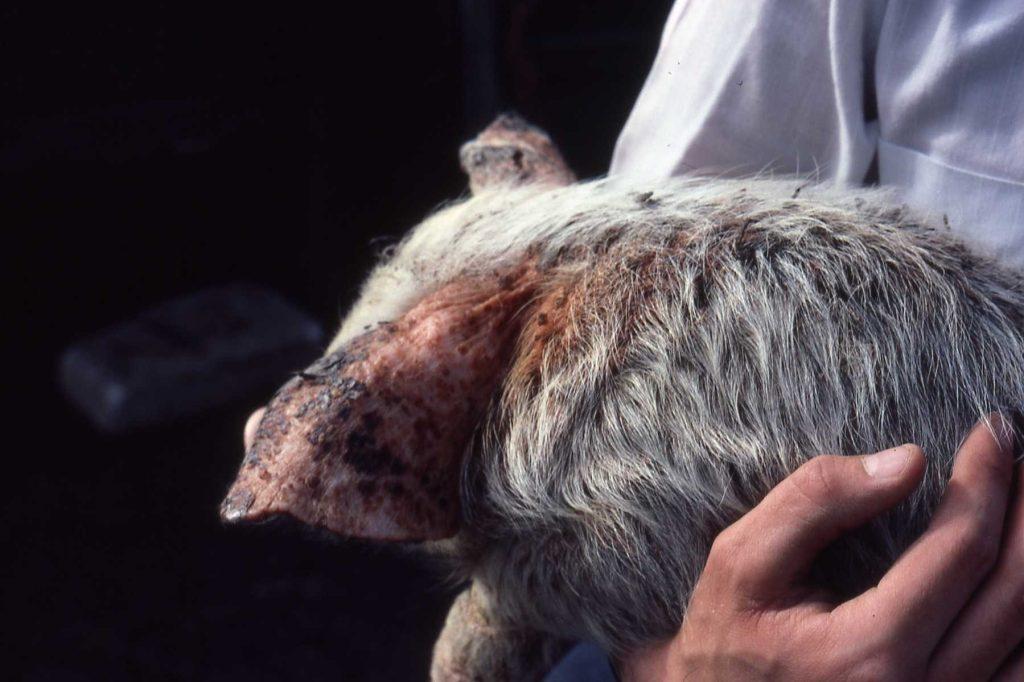
Severe cases of greasy skin disease in piglets can lead to death. The greasy pig disease is best treated with antibiotics, drugs, and injections. In the case of dehydration caused by greasy pig disease, electrolytes should be given to affected pigs through the mouth.The greasy pig disease vaccines should be administered to piglets to prevent the greasy pig disease.
Coccidiosis
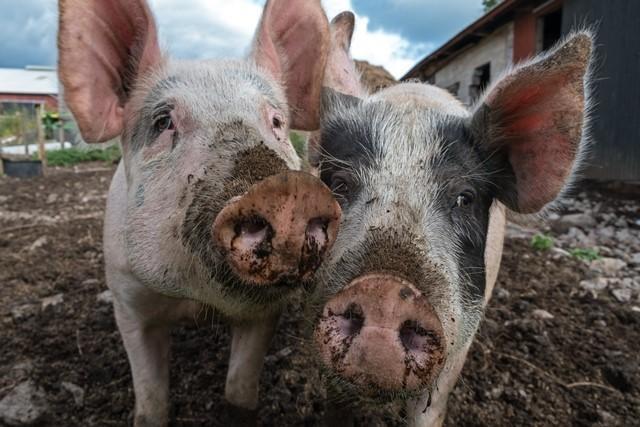
Coccidiosis is a disease (a parasite) in the intestines caused by the growth of coccidia and commonly attacks suckling piglets. Coccidiosis spreads like a wide fire in a pig farm due to the fast-growing nature of the parasite.
The symptoms of coccidiosis are diarrhea, dehydration, abnormally colored feces, and bloody feces in some cases. And the most effective way to prevent coccidiosis is by maintaining a clean environment.
. Feces are the most common and fastest way for pigs to contract Coccidiosis. Hence, the need to properly dispose of the feces. You can treat coccidia using toltrazuril. Pigs affected by this can also be treated with sulphonamide and supported with electrolytes
Swine Dysentery
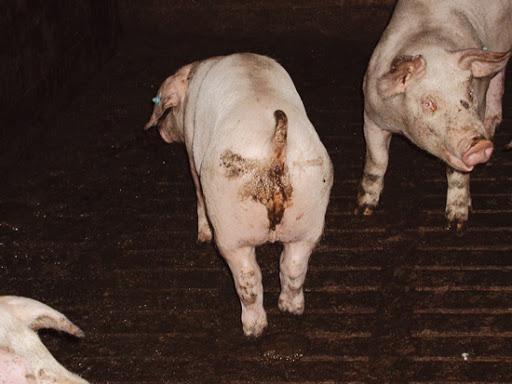
Pigs easily get infected with swine dysentery via the ingestion of contaminated feces, which then causes inflammation of the large intestine. The symptoms of swine dysentery in pigs are:
- Acute dysentery
- Feces with or without blood and mucus.
- loss of appetite.
- Dehydration
- loss of weight.
- Sudden death in piglets
Swine dysentery is caused by poor hygiene in pig farms, ingestion of contaminated feces, and transmission from animals like birds and dogs.
You can kick against swine dysentery by practicing good hygiene on the pig farm. There are various vaccines, antibiotics, and injections targeted at combating swine dysentery on a pig farm. Also, the repopulation and depopulation of pigs are effective in curbing swine dysentery.
Mastitis
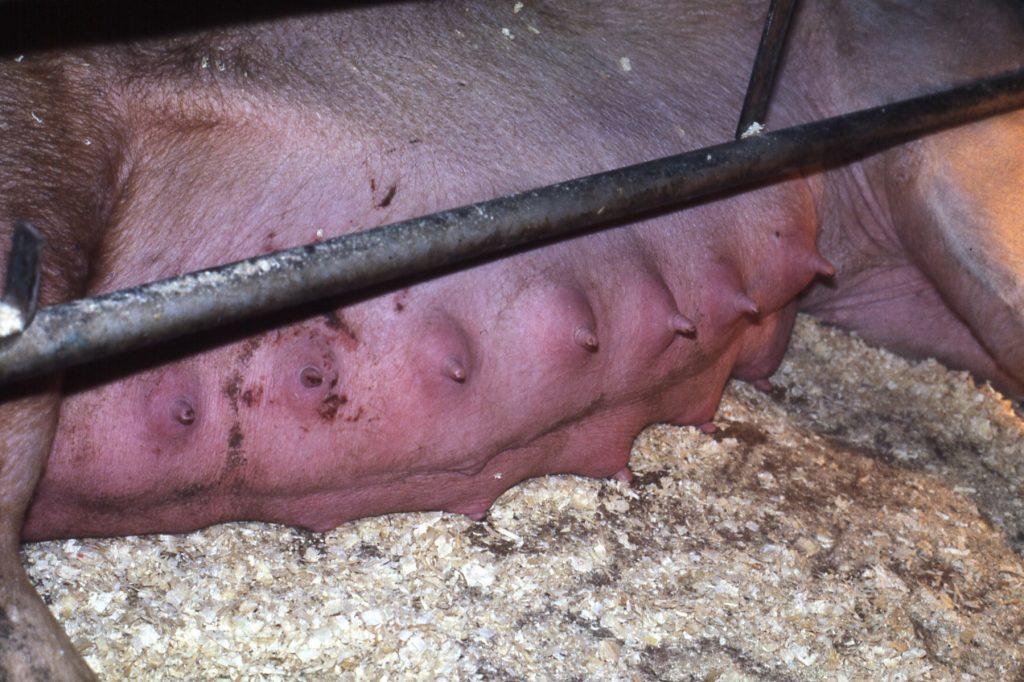
Mastitis is commonly seen in lactating sows. Mastitis is the inflammation of the mammary gland and infection of the teats caused by bacterial infection.
The causes of mastitis are:
Klebsiella in the water system
Poor hygiene and ventilation in pig pens.
favorable temperature for bacteria to multiply.
Some of the ways to treat mastitis in a pig farm are:
- Proper hygiene on the pig farm
- A clean water system
- Mastitis vaccine administration to sows
- space for sows to move around and to reduce heat during the farrowing and weaning period.
Note: Mastitis has been linked to metritis and agalactia (MMA); this case is seen in sows after farrowing. It is caused by bacterial infection of the udder and urinogenital tracts. Proper medication should be taken to curb the spread of metritis and agalactia.
Respiratory diseases

Respiratory diseases affecting pigs are classified into various categories, and the most commonly known pig respiratory diseases are swine influenza and porcine reproductive and respiratory syndrome (PPRS).
Swine influenza is contracted by close contact with affected pigs or contaminated surfaces. The symptoms include fever, difficulty breathing, loss of appetite, and discharge from parts of the face. Vaccines are usually administered to piglets after birth to prevent swine influenza.
Porcine Reproductive and Respiratory Syndrome (PPRS) is contracted through close contact with contaminated body fluids like urine, semen, and milk. It can also be transferred from an infected sow to her children during birth or breastfeeding.
The symptoms of PPRS differ at different stages of pig growth. In sows, it is characterized by stillbirths, abortions, and early births. While in boars, symptoms like loss of libido and fertility occur. PPRS is treated with antibiotics, but a vet doctor should be contacted if it is severe.
Conclusion
Knowing the different pig diseases and identifying the symptoms is crucial in treating pig diseases on your pig farm. But bear in mind that while you may be able to treat some pig diseases yourself, you may need the services of a vet doctor in some cases. Above all, practicing good hygiene on the pig farm can help ward off these diseases. The use of vaccines is also a good way to treat pig diseases at all stages of production. Always remember that a healthy pig equals good money. So make sure to pay quality attention to your pigs’ health.




